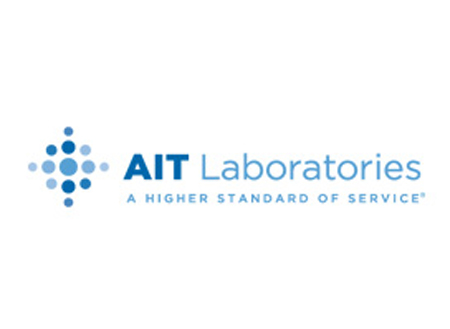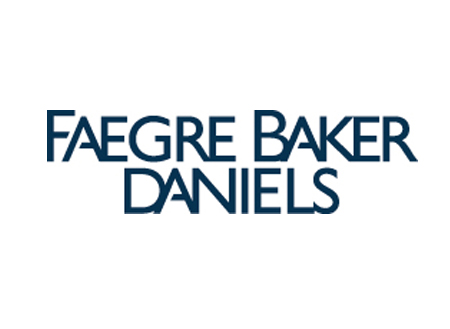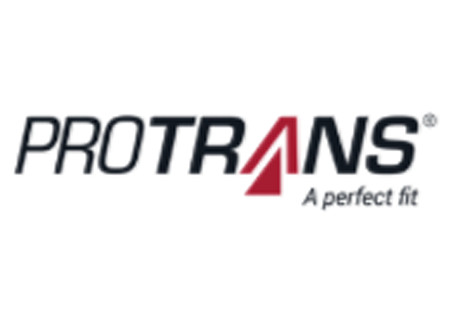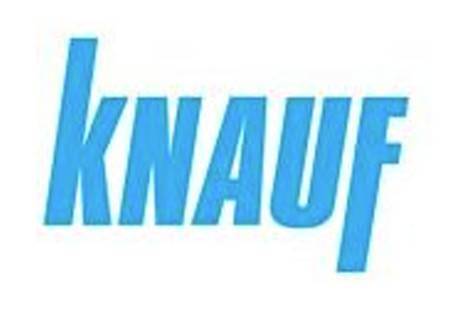If you think filling out an on-line application and attaching a fancy resume (professionally done or not) is enough to land you an interview in today’s world– think again. Here are three simple ways to increase your interview odds:
1. Connect. Connect. Connect.
Connect with and message as many LinkedIn contacts within your target companies as possible. Getting an initial interview is as much about who you know as what you know. To ensure they are on the lookout for your application, send personalized LinkedIn messages to the hiring manager, HR Director and Talent Acquisition Team. Such enthusiasm and assertiveness could mean the difference between getting a call vs. getting lost in the black hole of an Applicant Tracking System (ATS). These connect messages should be personal, concise and require no response. You have 300 characters to make a first impression– USE THEM WISELY.
2. Showcase Your Profile.
If you do not have a LinkedIn profile, make one TODAY. If you do not have any professional recommendations on your LinkedIn profile, ask for them TODAY. More and more companies are utilizing LinkedIn as a fast and efficient screening tool.
A professional headshot, a personalized ‘About’ section and professional recommendations will set you apart from other job seekers. Likewise, not having a LinkedIn profile or a “bare-bones” profile can quickly knock you off the consideration block.
3. Work with Recruiters.
Why send your resume to recruitment firms? Most employers work directly with recruitment firms to save time and money. Such firms can bypass the ATS process altogether to quickly get your resume in the hands of the hiring manager. True recruiting pros will help you tailor your resume and stay abreast of industry trends and market knowledge.

Kara Wiggam is currently the Director of Sales for Ambassador Solutions; an Indiana based boutique IT staffing and recruitment firm. She is a voracious reader and student of the IT staffing industry, staying current with the latest trends. Before coming to Ambassador in January of 2019, Kara had extensive experience with several high-profile national staffing firms.






























































